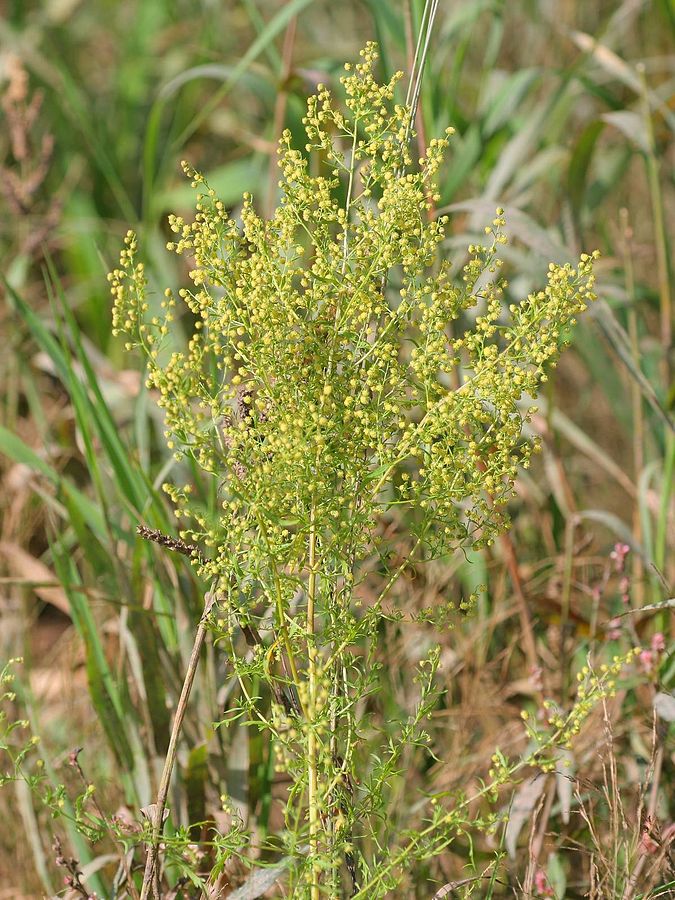현재 위치:홈 > 뉴스현황 > Press Events > Malaria Drug Gathers...
저자: 업로드:2017-09-11 조회수:
The current monsoon season
in India and Southeast Asia has brought along some of the worst
flooding the region has ever seen. Moreover, hurricane season in the North Atlantic is producing some of the strongest storms
on record. All of this devastation will leave affected areas primed for sharp
increases in mosquito-borne diseases - the most devastating among them being
malaria.
Compared to smallpox or typhoid, malaria is proving one of the most challenging human diseases to eradicate - and so remains a real and constant danger to nearly half the world's population. Complicating matters is the fact that the malaria parasite is rapidly becoming resistant to most of the currently used drug treatments. 20 years ago, two million people died each year on average from malaria, according to the World Health Organization (WHO). Despite numerous advances in treatment, 212 million cases were reported in 2015 alone and an estimated 429,000 people died from the disease.
Yet, one drug, artemisinin, is still proving effective when used in combination with other, previously used antimalarial compounds such as mefloquine and chlorproguanil. However, a major problem remains: the supply of artemisinin is not stable or sufficient, and as a result, treatment remains expensive. Although now, an international team of researchers led by scientists at the University of Denmark has recently demonstrated that artemisinin can be rapidly produced by genetically engineered moss at an industrial scale. Findings from the new study were just published in Frontiers in Bioengineering and Biotechnology through an article entitled “Stable Production of the Antimalarial Drug Artemisinin in the Moss Physcomitrella patens.”
Artemisinin is typically derived from the plant Artemisia annua, a summer annual with a short growing season and known to gardeners as sweet wormwood. Due to its complex structure, the drug is difficult and not economically feasible to chemically synthesize. Other researchers have attempted to bioengineer artemisinin using Nicotiana tobacum (cultivated tobacco plants) or yeast, but these approaches either required much more engineering than the current analysis or yielded a semi-pure product.
In the current study, the investigators introduced five genes responsible for biosynthesizing the precursor of artemisinin, dihydroartemisinic acid, into the moss Physcomitrella patens using multiple DNA fragments. The final conversion of this acid into artemisinin occurs by photooxidation in the moss cell.
